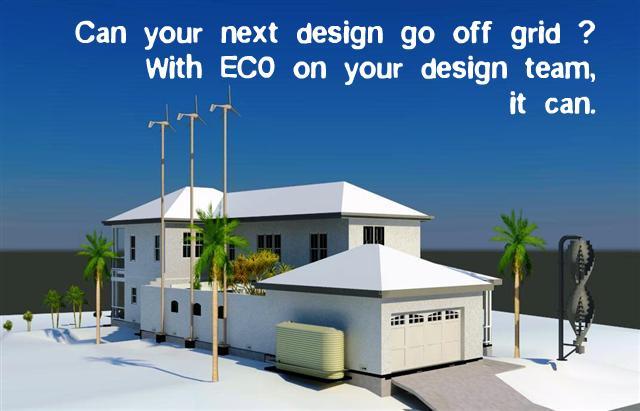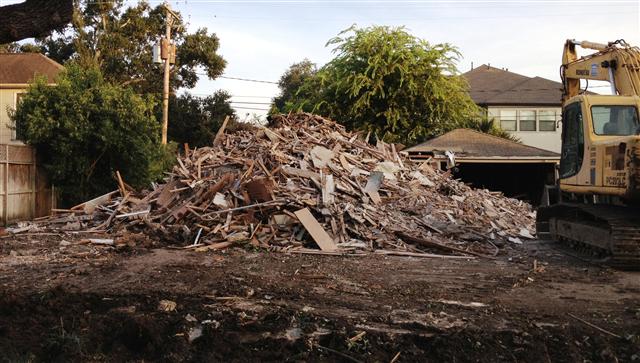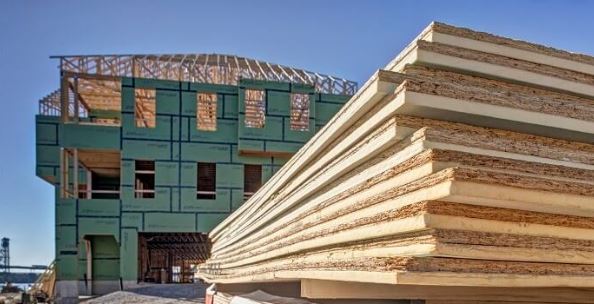My education on sustainability started in the early 60's. My dad bought a little red Simca for his commute so my Texas Mom could drive the Oldsmobile 88 often filled with too many kids in New Jersey.
Early Energy Efficiency Lesson
When asked why did he buy such a little foreign car, my dad said it was because it could go further on a gallon of gas, teaching us about basic energy efficiency. Next was a Volvo 122 wagon that had seat belts well before they were required in the US vehicles. We then experienced smarter design plus fuel efficiency on our road trips to Texas and Louisiana.
Efficiency stuck in my mind as simply making great sense. Why use more when less could do the same? Later my engineering education taught me how to calculate energy efficiency for structures and for various machines. Soon my job was competing on thermodynamic efficiency of big and expensive machines. The highest efficiency nearly always won because it saved money over time.
The home building industry was always about $/sf costs and did not give not a 'hoot' about energy efficiency. Times changed and new energy codes pushed for high energy efficiency. Many builders complained about government overreach. But now progressive builders market their high energy efficiency to progressive buyers. Sustainable building practices are spreading across the home building industry.
The Next Step - Sustainable Construction Practices
This above photo was taken near my home. This particular pile is about 6000 cubic feet of waste. Around 270,000 such homes are torn down annually in the U.S. This could build a wall 30' tall x 30' wide around the USA! Not that I'm advocating for walls, I'm just trying to make a point. Homes can be designed to be more durable and if ever demolished up to 90% of a house could be recycled. (EPA 2012)
Structural Insulate Panel (SIP) Construction
SIPs is one way to build a more sustainable structure. A SIP's Oriented Strand Board (OSB) skins is made from fast growth trees so a SIP home requires less lumber. They offer very high and continuous insulation values. 
Traditional Lumber Framing Now Works Harder
Lumber or 'Stick' framing construction has also improved due to the use of stronger engineered lumber products combined with new vapor barriers, cavity insulation methods, and continuous exterior insulation panels such as offered by Huber ZIP R panels.
If you choose to choose Eco-Holdings you will get great civil and structural engineering coupled with a sustainable planet mindset. You can then choose how much of our sustainable mindset and energy efficient tool-set and product knowledge we apply to your project.
Just know that knowledge of efficiency and sustainability as part of the package, whether you want it or not. That includes free advice on energy envelopes, solar arrays, electric vehicles, EVSE, material durability, material sustainability, and even advice on recycling.
Just One planet ! (At least until we colonize Mars 🙂 )




